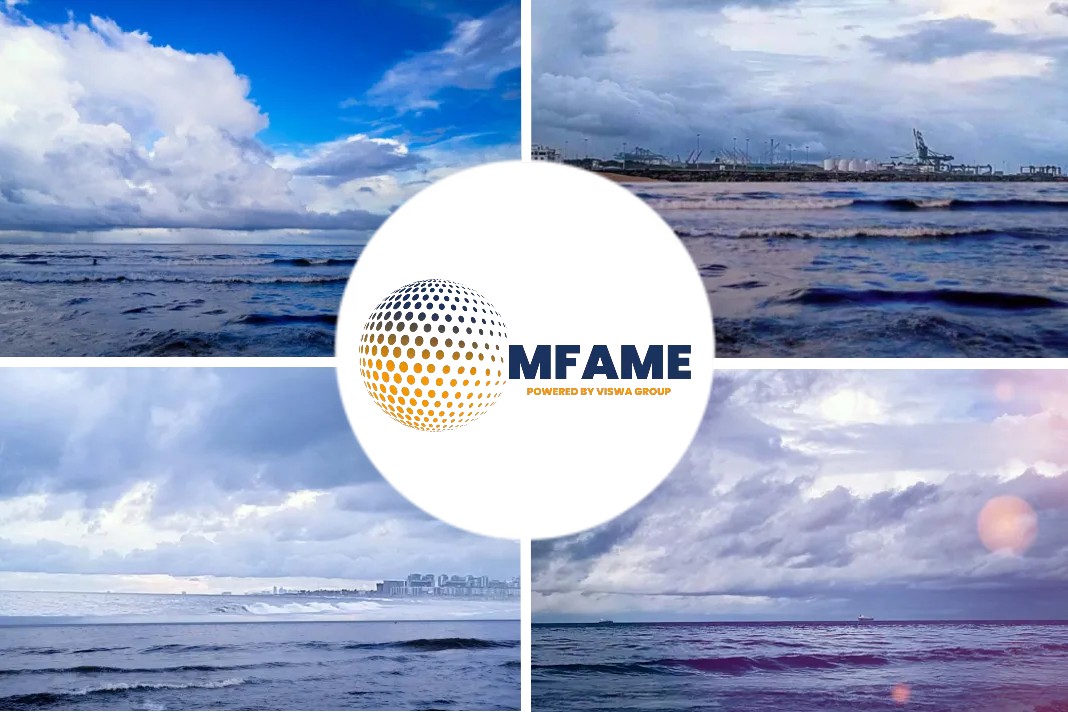As part of its conversion from a platform supply vessel to a remotely operated vehicle (ROV) support vessel, Brazilian ship owner CBO’s ‘Manoella’ is being installed with the first subsea crane capable of using either fibre or steel wire rope.
Dual draglink:
The dual draglink, Active Heave Compensated (AHC) subsea crane from Rolls-Royce has a lifting capacity of up to 50 tonnes and an operating depth of up to 3,000 metres. The vessel’s deck load capacity can be increased by approximately 100 tonnes when using fibre rope (due to the rope’s low weight), while lifting capacity at large depths is increased.
Marcelo Martins, technical director, CBO, said: “This is one of two vessels CBO is now retrofitting from PSVs to RSVs, and we are very satisfied about the flexibility of the crane. A hybrid solution makes the vessel better prepared to take on a larger variety of future subsea tasks.”
CTCU saves space:
The cable tractions control unit (CTCU) located at the crane’s main boom saves space compared to below-deck winch, and makes retrofits easier. AHC is provided through horizontal elbow derrick movements rather than through the winch, reducing wear and heat build-up in the lifting line.
The 76.7m loa, 17m beam CBO Manoella – of a Rolls-Royce UT 715 L design – first went into service in 2009, the second in a series of nine vessels ordered by CBO. The 2,668gt vessel is part of CBO’s fleet of 27 offshore vessels.
The delivery from Rolls-Royce – comprising crane system including CTCU, cabin and control system – will take place in the third quarter of this year.
Did you subscribe for our daily newsletter?
It’s Free! Click here to Subscribe!
Source: Rolls-Royce
















